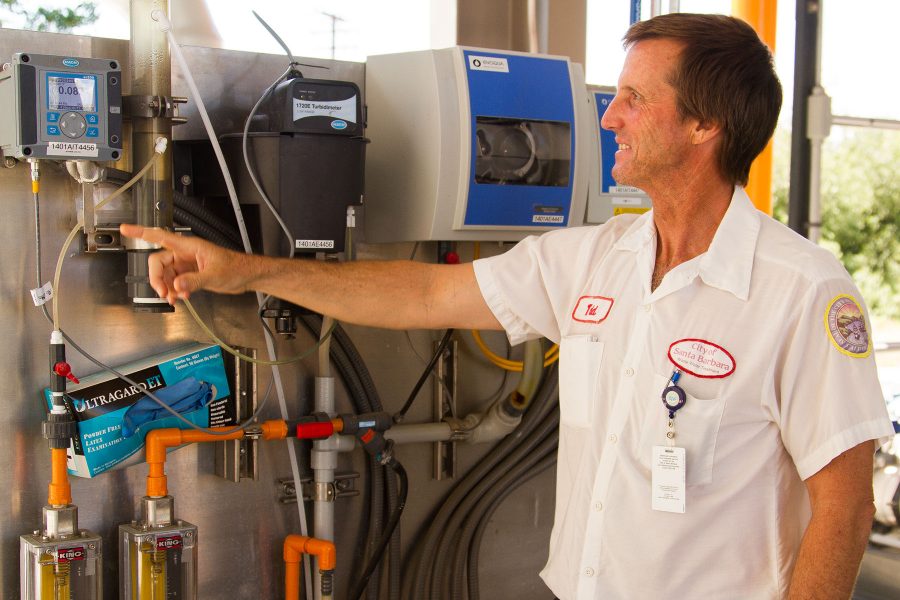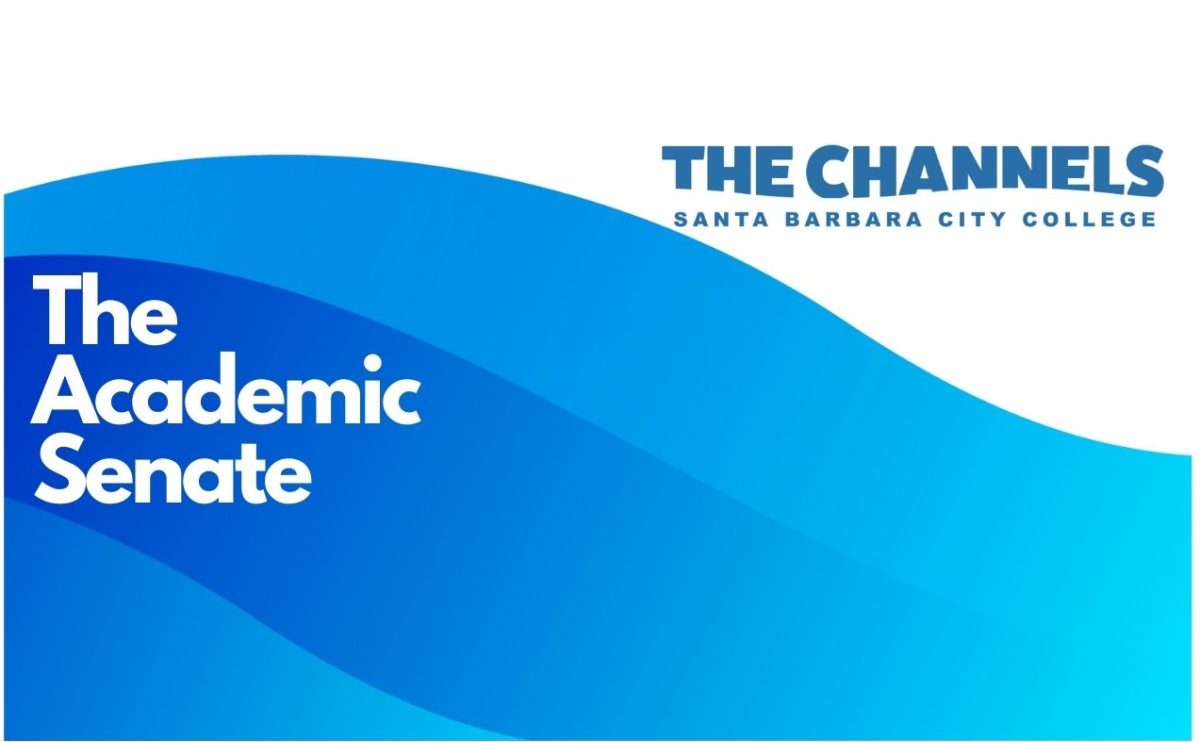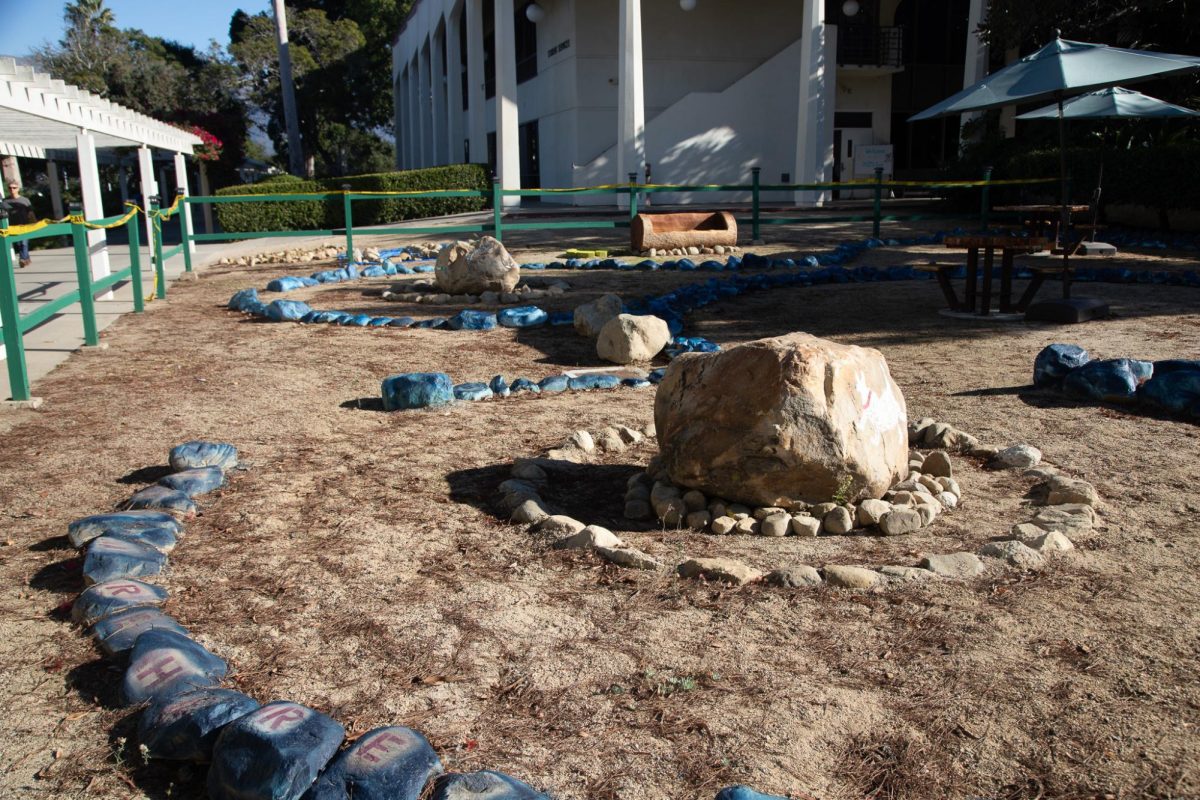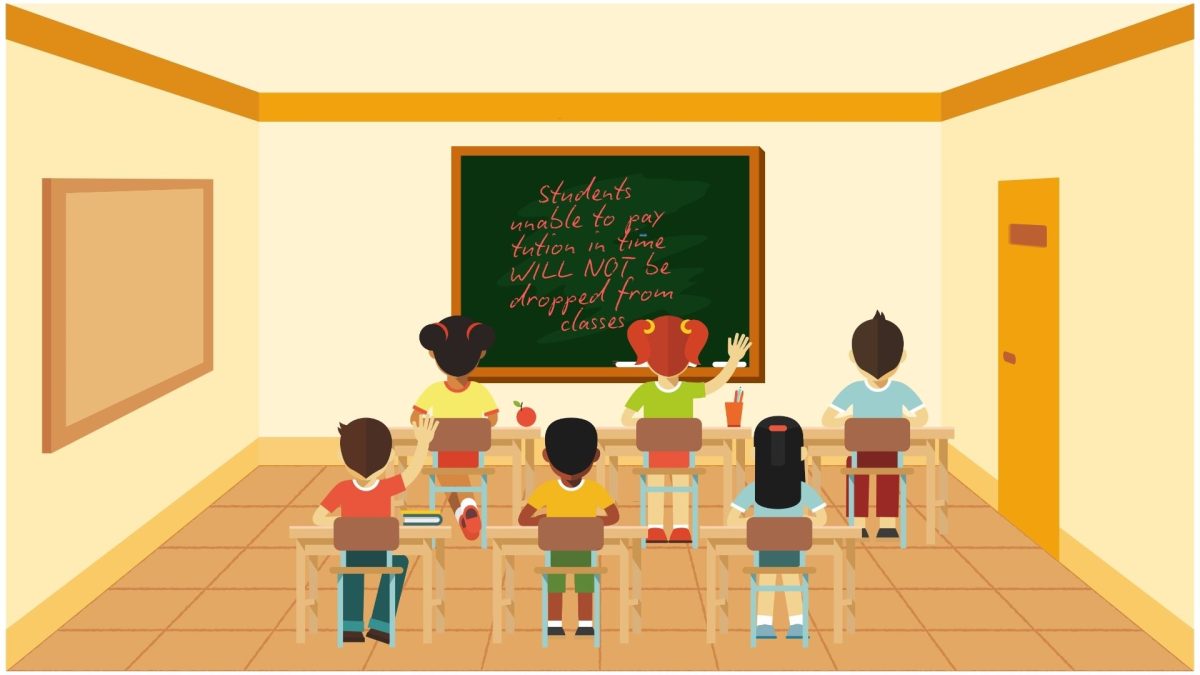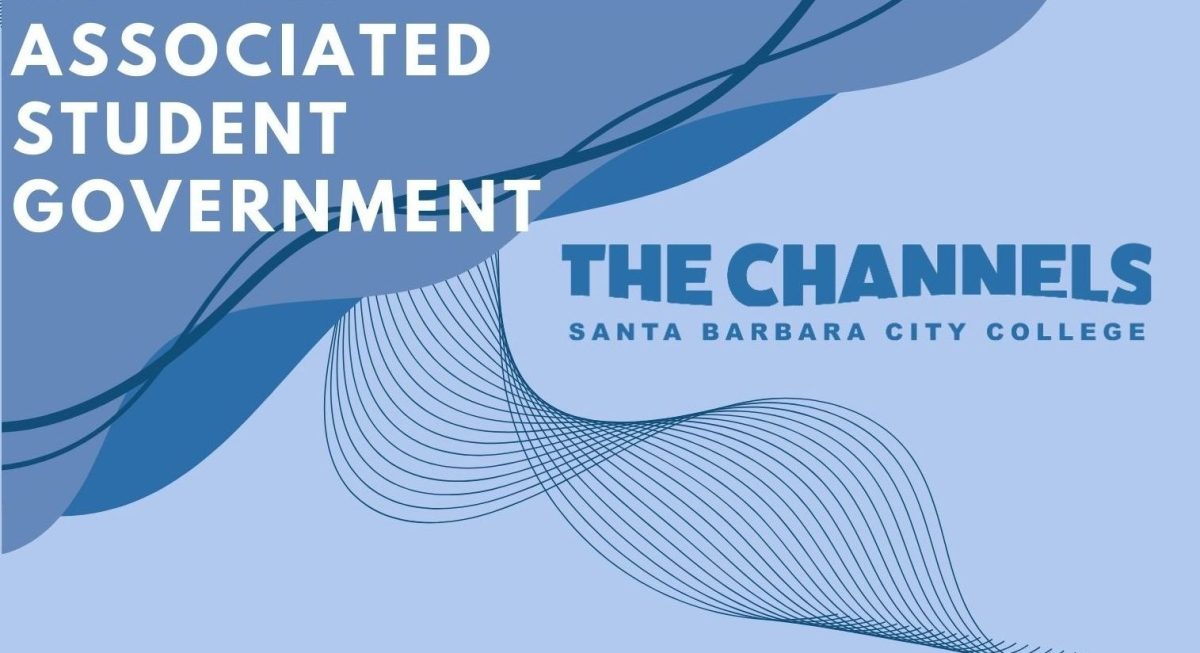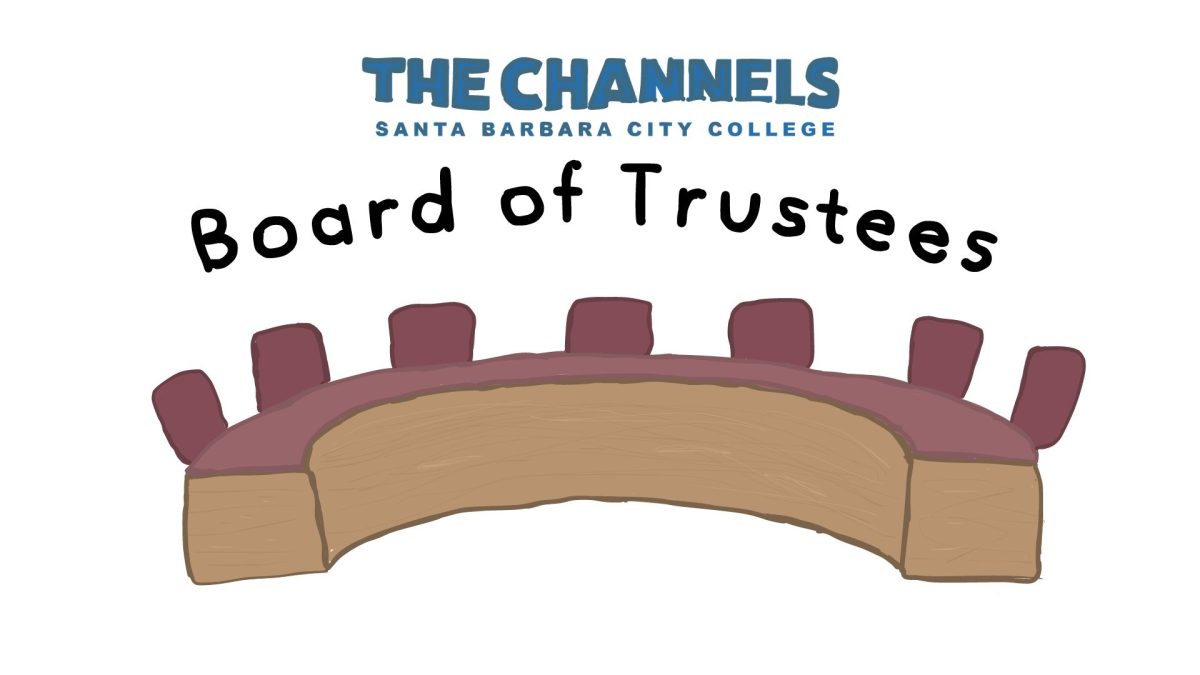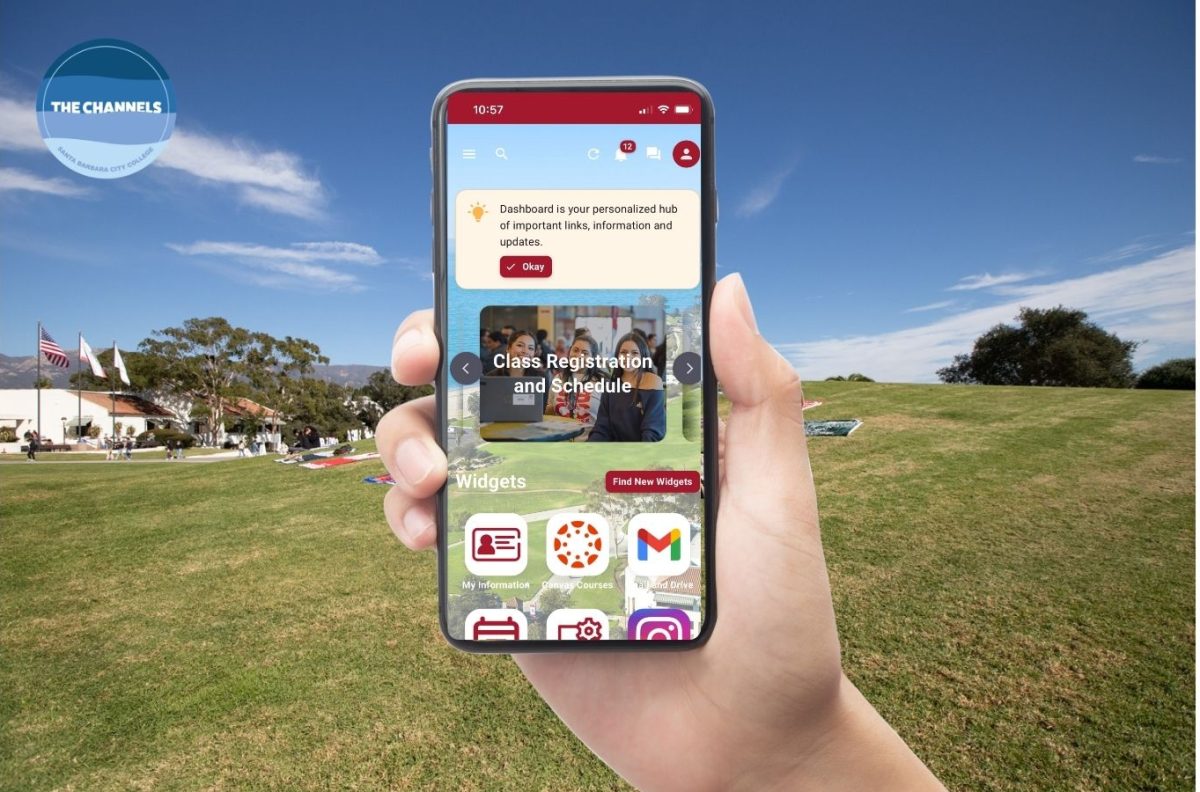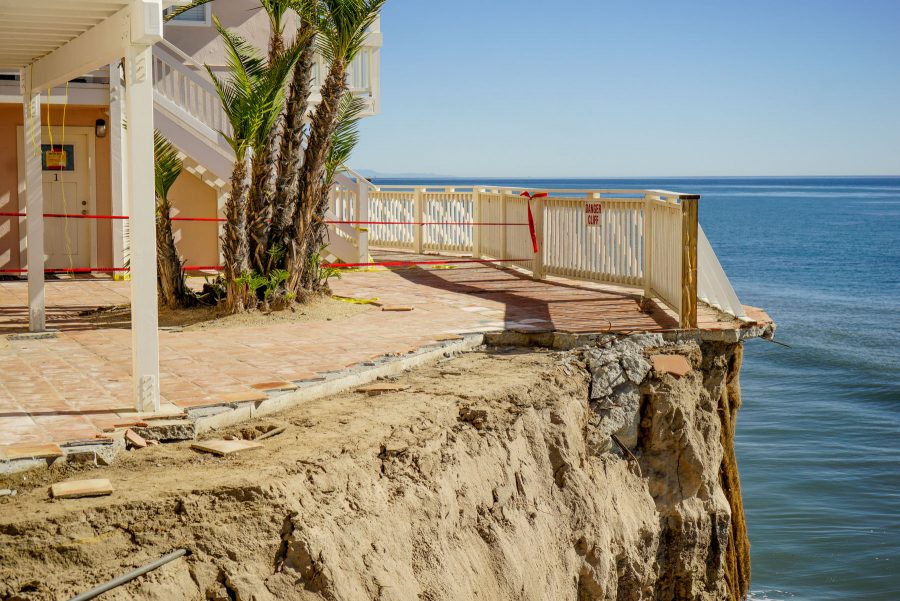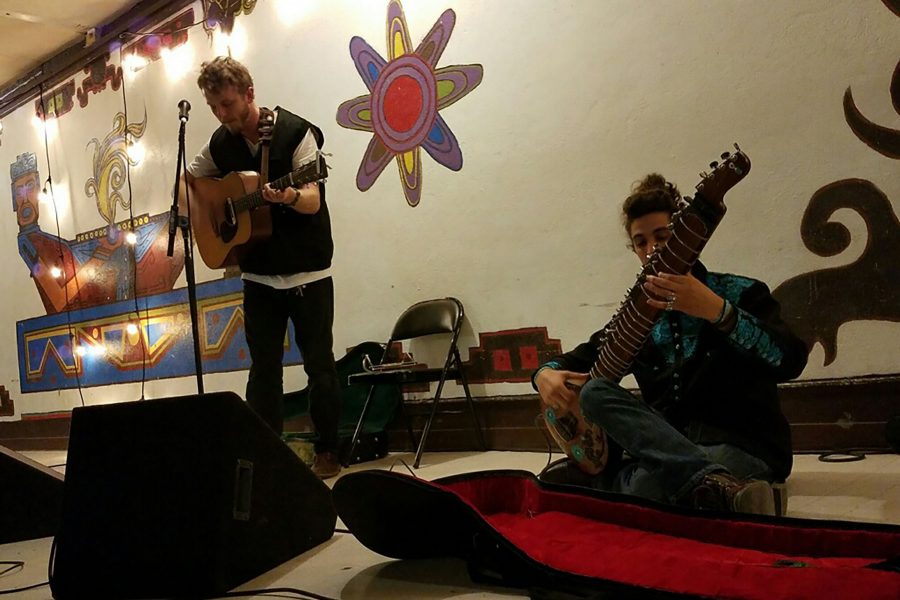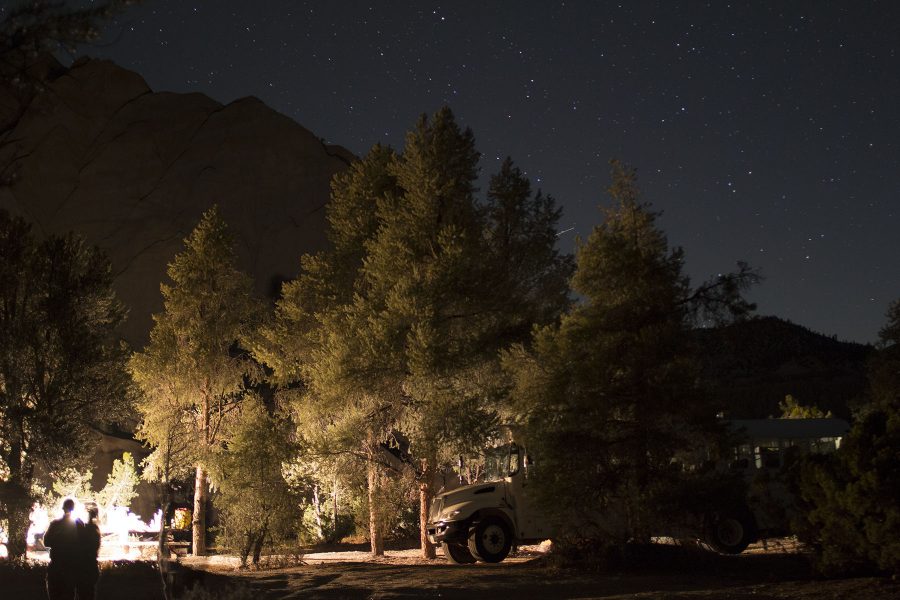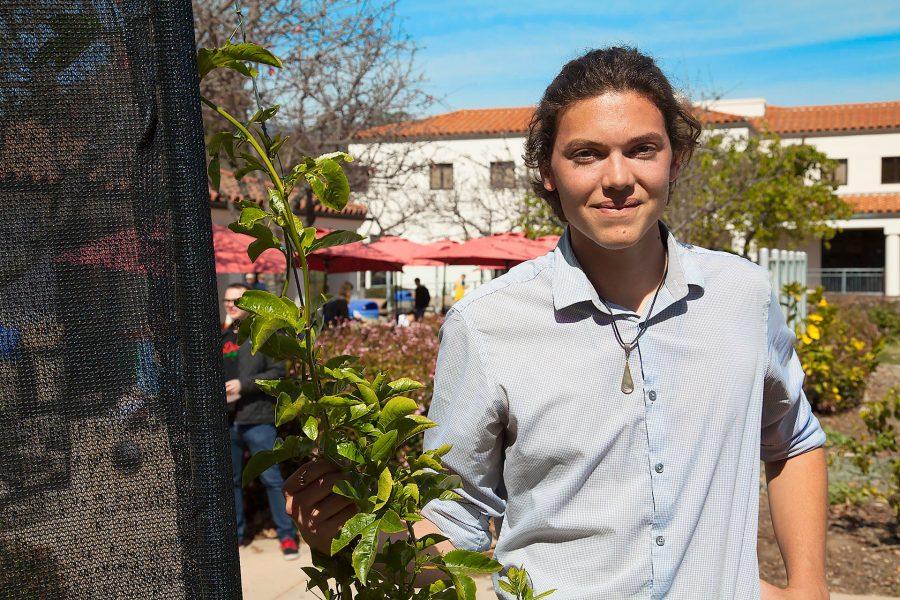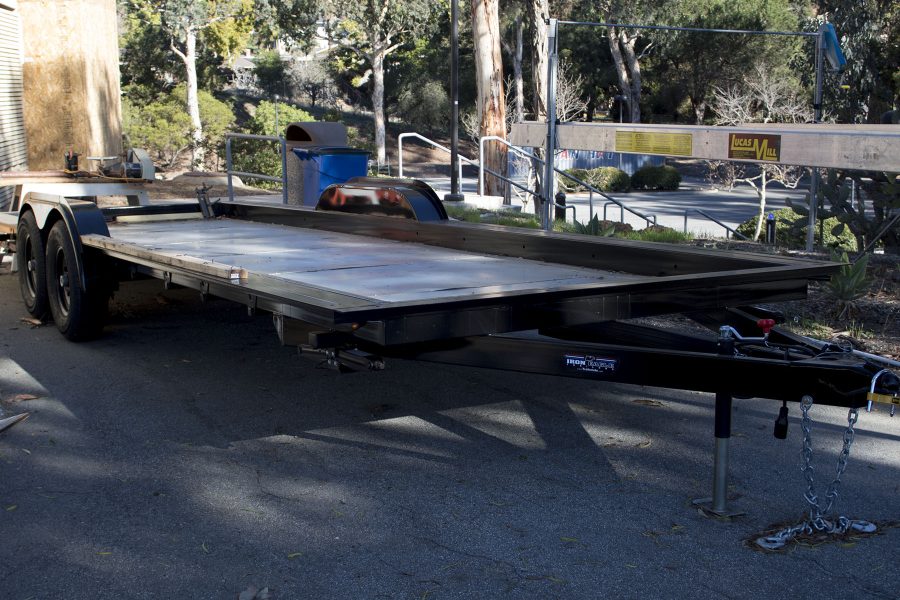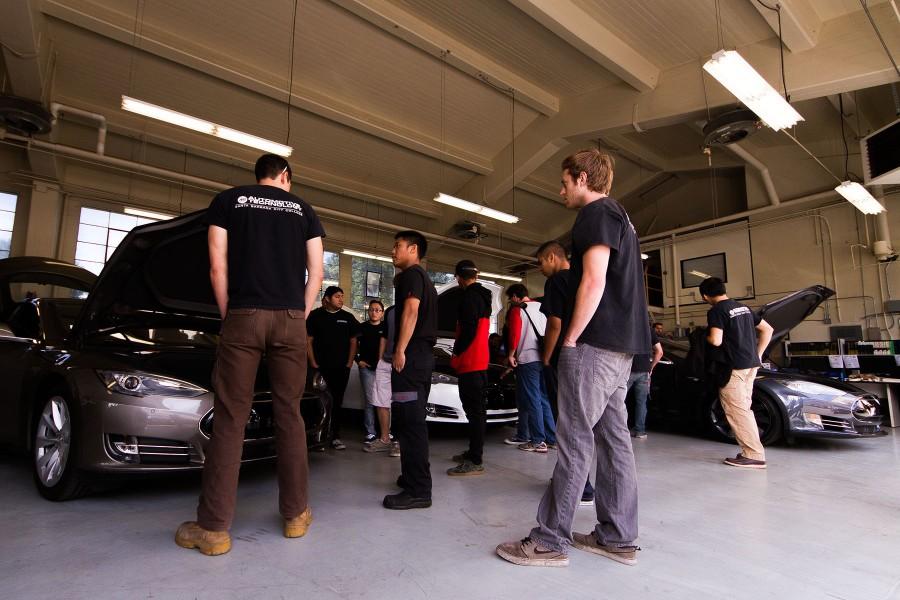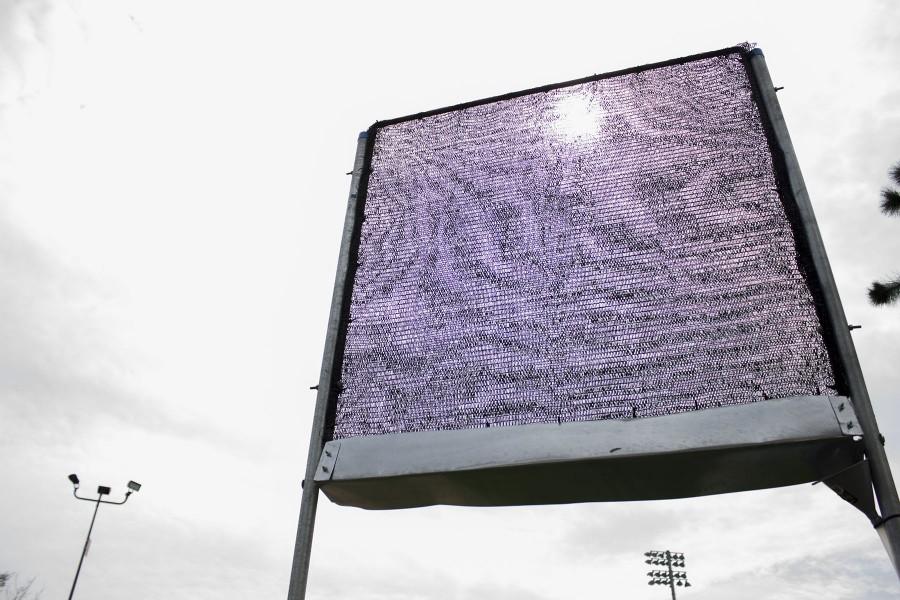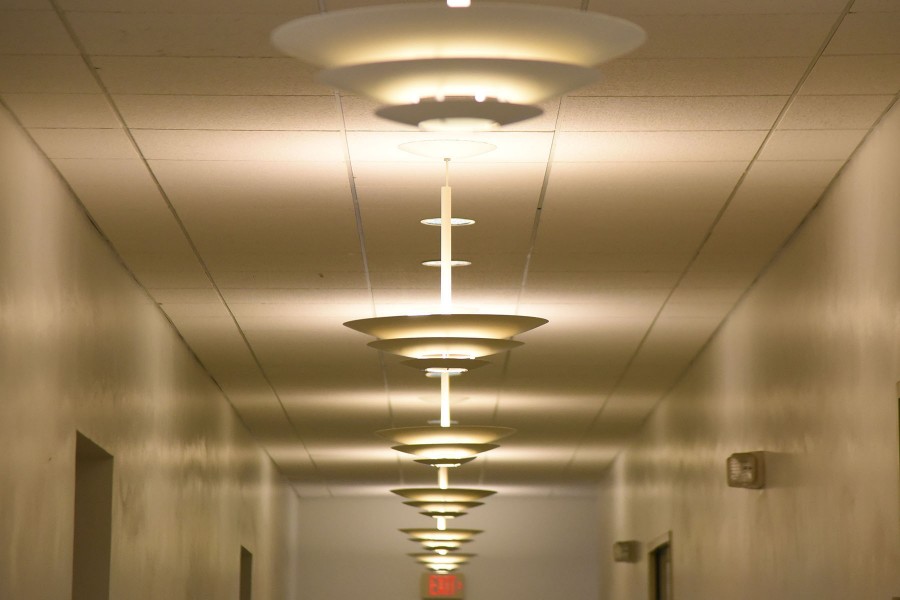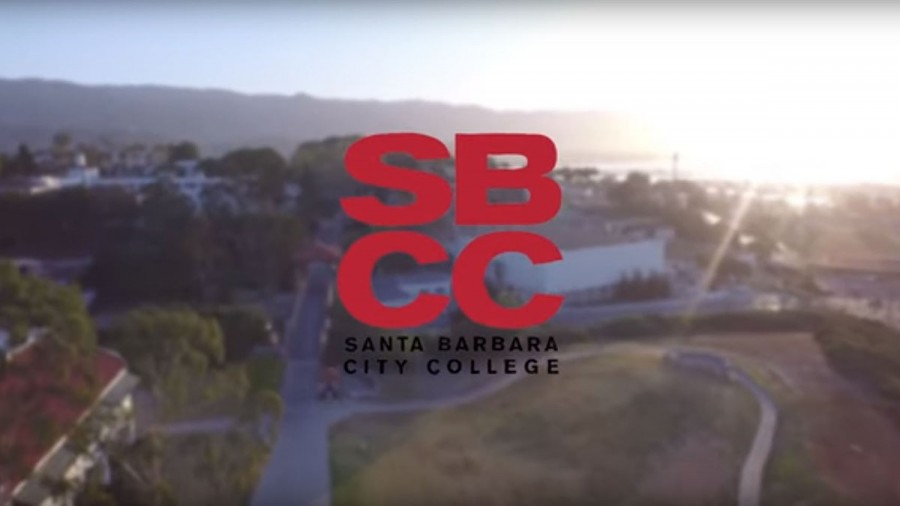The El Estero Water Treatment Plant in Santa Barbara is currently undergoing a $30 million dollar upgrade to its filtration system.
The upgrade will focus on the plant’s tertiary filtration system, a secondary filtration process that removes additional particles from the water supply. Development is expected to take about two years, but will result in a more efficient and cleaner water supply for Santa Barbara.
Built in 1978, the plant is responsible for filtering out heavy metals, salts, and debris from sewage water and sending this recycled water either back into the ocean, or into irrigation usage.
“Its amazing, recycled water,” said Mark Broomfield, grounds maintenance supervisor at City College. “The fact that we even have it, it’s probably one of the most sustainable things we can do.”
The plant will still continue to supply water throughout Santa Barbara during the current development, continuously running “24/7, 365 days a year,” said Lisa Arroyo, wastewater manager for the plant.
The treatment plant first experienced a $14 million upgrade back in 2013. They replaced the filtration valves responsible for pumping sewage water throughout the plant and filtering out larger particles. Due to its age, the plant was in poor condition at the time.
“The plant needed to be redone, it had just come to it’s time,” Broomfield said. “It was one of the first plants built in the country.”
The filtering efficiency was so poor at the time that drinking water from Lake Cachuma was being used to dilute the recycled water being produced from the plant. It resulted in water that was 10 percent recycled water, diluted with about 90 percent lake water.
California is currently experiencing one of the worst droughts in state history and water reserve levels, including Lake Cachuma, are already at an all-time low.
The dilution of recycled water was inefficient, it was time to “bite the bullet” and upgrade the plant, Broomfield said.
After being closed for two years for the initial repairs, the plant was re-opened in November of 2015, now with a “state-of-the-art” filtration system, according to Broomfield.
City College’s sprinkler irrigation system is fueled by the water plant and was offline during the repairs. The system is now getting back online, and the campus is starting to receive this recycled water.
The plant produces around two million gallons a day, much of which is deposited into the ocean. City College uses about 250,000 gallons each month on irrigation, a significant amount of the recycled water supply.
The best thing about using recycled water on campus is closing the “loop,” Broomfield said. Meaning, using recycled water to replenish groundwater supplies rather than simply dumping it back into the ocean.
“It takes us out of the cycle of using drinking water,” Broomfield said.
About 99.99 percent of pollutants have been filtered out of the recycled water, he explained.
“The water quality City College is receiving now is fantastic,” said Broomfield.
Arroyo says the main focus of these upgrades is constantly bettering Santa Barbara’s water sustainability.
“It’s all about improving the system,” says Arroyo. “How can we make treatment better and more efficient?”


